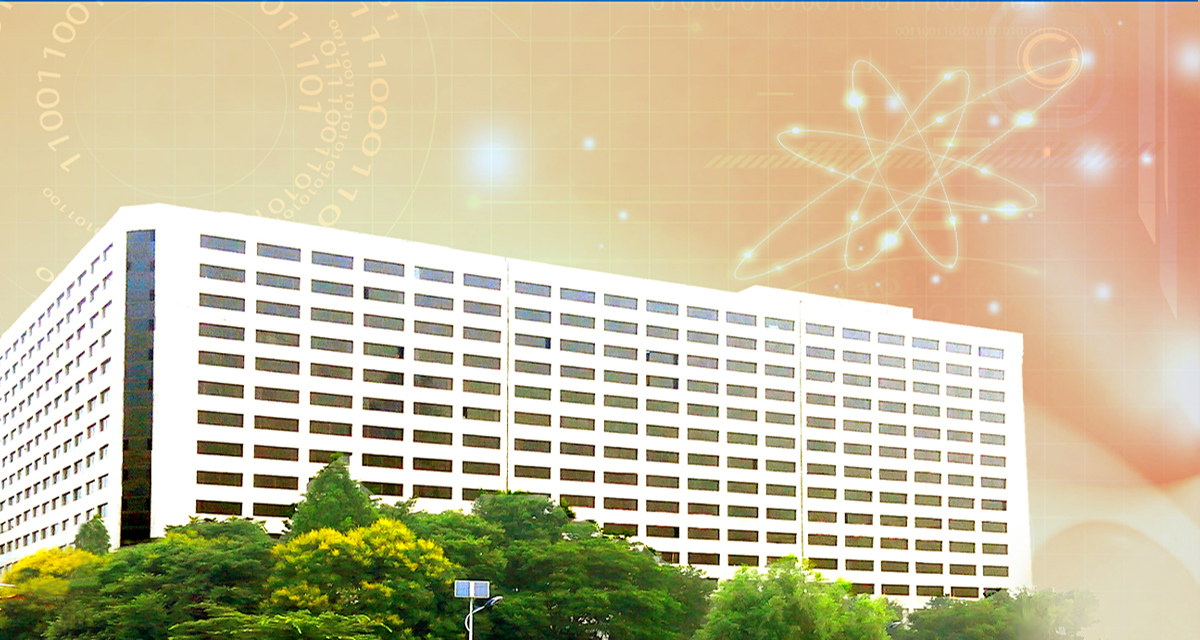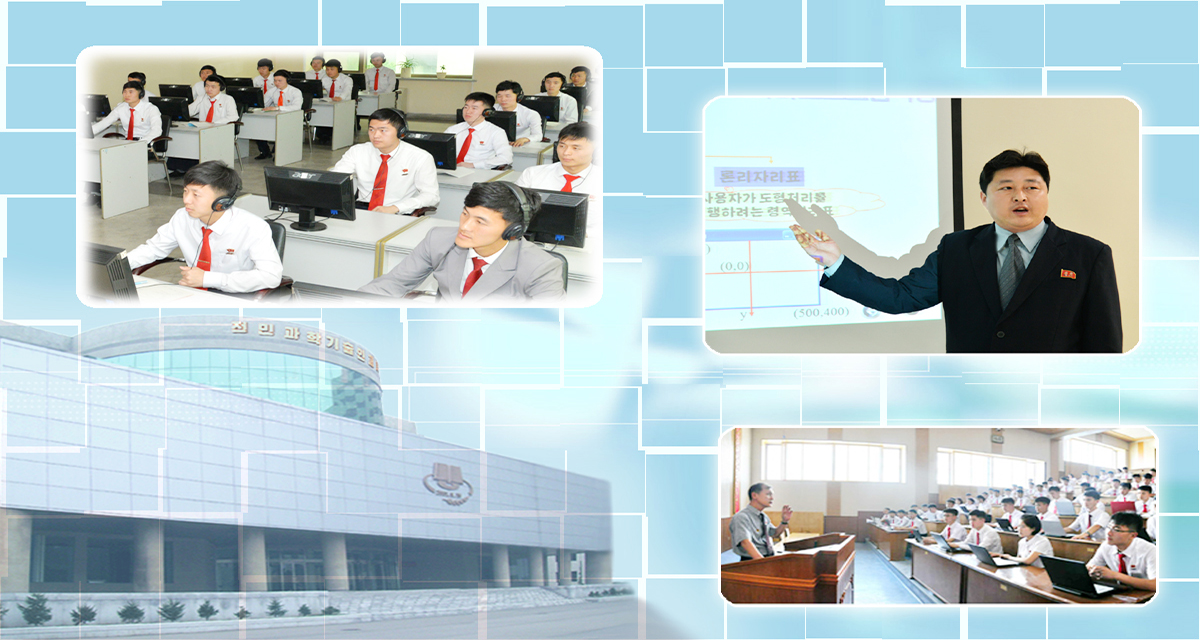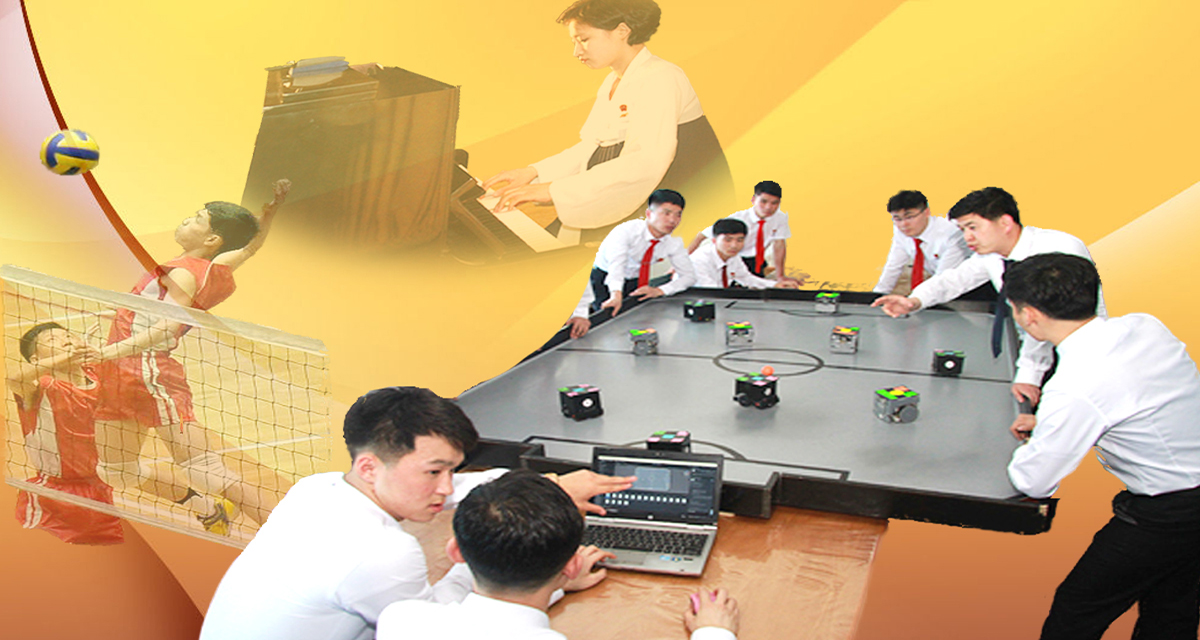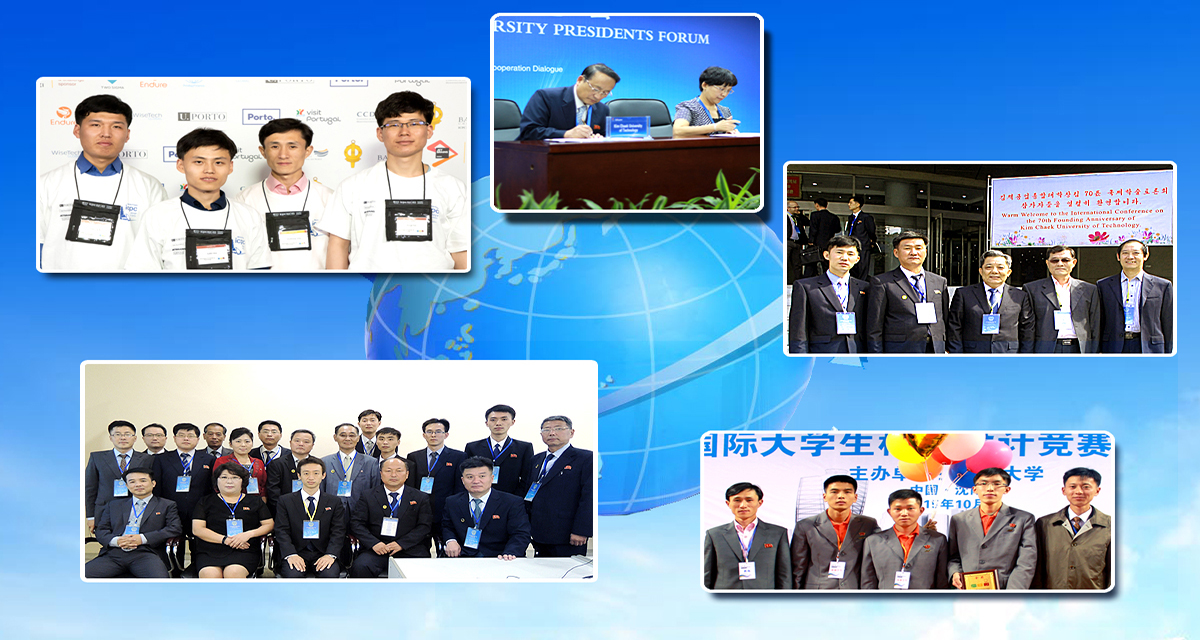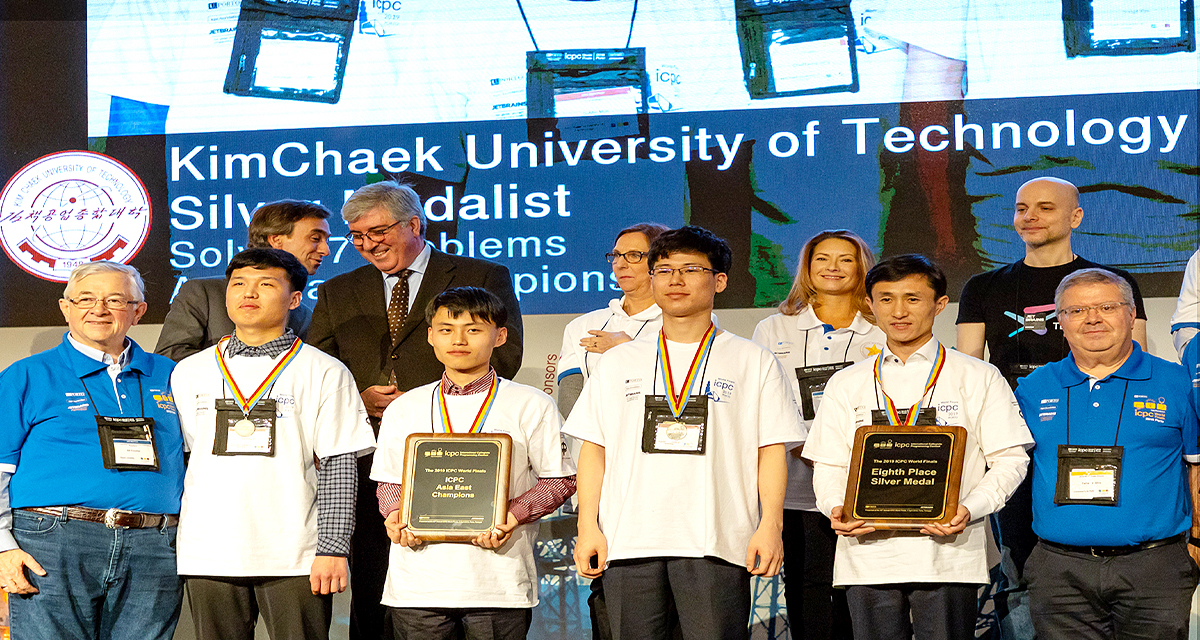Point-type smoke sensors detect fire through sensor signals that are changed by smoke, which occurs early from the fire. However, the drawback of these smoke sensors is the drift of sensor signals due to the sensitivity to environmental changes. This can be the cause of occasional false alarms.
The first reason for sensor signal change in smoke sensors is seasonal changes in temperature and humidity. Secondly, in the case of an ionic smoke sensor, the accumulation of dust layers on the surface of radiation source decreases the ion current and the leakage of current between the electrodes causes the sensor signal to change. Inherent noise caused by the uncertainty of the radioactive decay for ionization is another reason, which is inversely proportional to the square root of the radioactivity. Lastly, the radiation sources used for the ionic smoke sensor are not uniform, so the sensitivities and signals of the sensors are also different, which also degrades the accuracy of fire alarm in a fire monitor based on a fixed threshold.
By these factors, sensor signals tend to increase or decrease slowly with time. If these signals are higher than a fixed threshold already set, the false alarm can be heard in the absence of fire, and if they are lower, they may generate the alarm late for real fires or may not generate the alarm at all. Therefore, smoke sensors or fire monitors need to adjust the threshold actively according to the sensor signals.
Jo Jin Song, a researcher at the Institute of Analysis, designed and verified a compensation algorithm that can automatically adjust the threshold for point-type smoke sensors or fire monitors.
The algorithm does not fix the threshold that is the criterion for identifying fire presence, but it can adjust it gradually to the change of sensor signals to improve the accuracy of alarm.
This algorithm can be applied to almost all point-type smoke sensors or fire monitors for active fire detection.
...


